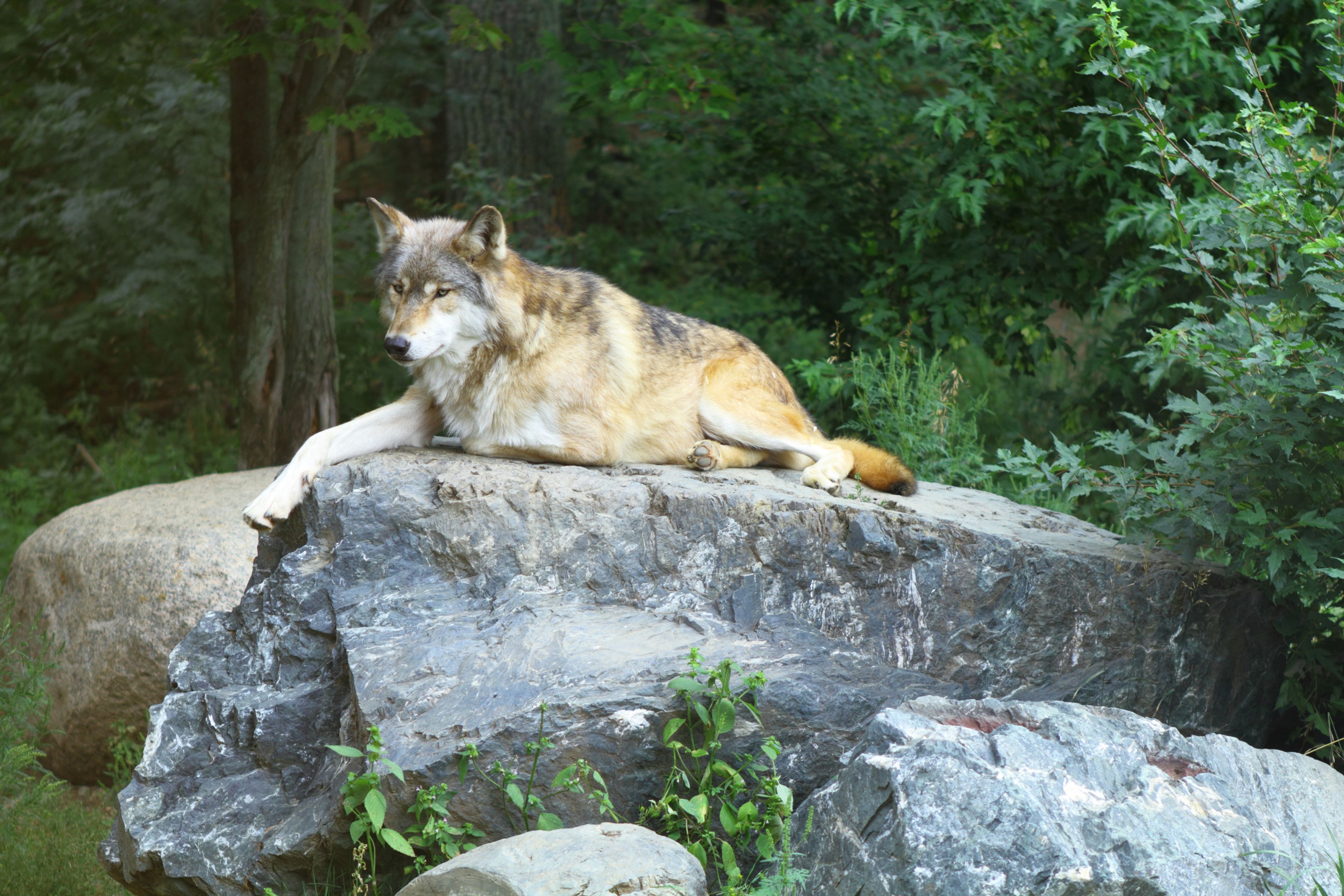Idaho wolf population drops 13%
Idaho’s wolf population declined 13% last year but state wildlife managers weren’t immediately able to say what caused the decline.
According to an Idaho Fish and Game News release, the state had an estimated 1,337 gray wolves in 2022. That is 206 fewer than the 2021 estimate of 1,543. The population had been stable for three years, averaging 1,548 from 2019 to 2021.
Ed Schriever, the state’s retiring wildlife boss, welcomed the news. They agency wants to reduce the population to about 500 animals.
“There’s been a concerted effort by Fish and Game staff, hunters, trappers and other partners and agencies to reduce wolf conflicts with livestock and bring the wolf population in balance with prey species, particularly elk,” he said in a news release.
A law passed during the 2021 legislative sessions that took effect in July of that year loosened the state’s already permissive wolf hunting and trapping regulations. It eliminated bag limits for wolves, authorized year-round trapping on private land, allowed hunters to obtain permits to hunt after dark with night vision equipment, and authorized the state to hire private contractors to hunt wolves.
But before the change in law, hunters and trappers could take as many as 20 wolves annually, something few were able to accomplish even though seasons were open for much of the year. Hunters and trappers killed 438 wolves in 2021, up from 408 in 2020 and 400 in 2019. But overall mortality from all causes has not jumped. The number killed so far this year — 234 — is on pace to be the lowest in the past five years. The agency tracks wolf mortality from July 1 to June 30.
Agency spokesperson Roger Phillips said the exact cause of the decline isn’t clear but it makes sense that mortality is down this year.
“If you have fewer animals on the landscape and have a similar amount of (hunting and trapping) effort you would probably come up with fewer animals harvested,” he said.
Jonathan Oppenheimer, external relations director for the Idaho Conservation League at Boise, called wolf recovery in Idaho and the Northern Rockies region a tremendous success story. He is not alarmed at the decline, and said most Idahoans accept wolves as a natural part of the ecosystem and support their management as a hunted species.
“I think in the wolf debate, a lot of the big picture gets missed. We have functionally restored this predator to the landscape and have been able to do that in a manner consistent with maintaining agriculture, ranching and many other uses of our forests.”
Not all environmental groups agree. Sophia Ressler, of the Center for Biological Diversity, said the decline is not surprising given what she called Idaho’s “horrific laws that allow the widespread slaughter of wolves.’
Her group is part of a coalition that is pushing the U.S. Fish and Wildlife Service to restore federal protection of wolves in Idaho, Montana and Wyoming.
“Without that protection, we are likely to continue seeing these devastating impacts to the population, which have ecosystem-wide consequences.”
Barker may be contacted at ebarker@lmtribune.com or at (208) 848-2273. Follow him on Twitter @ezebarker.








